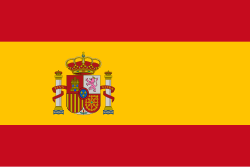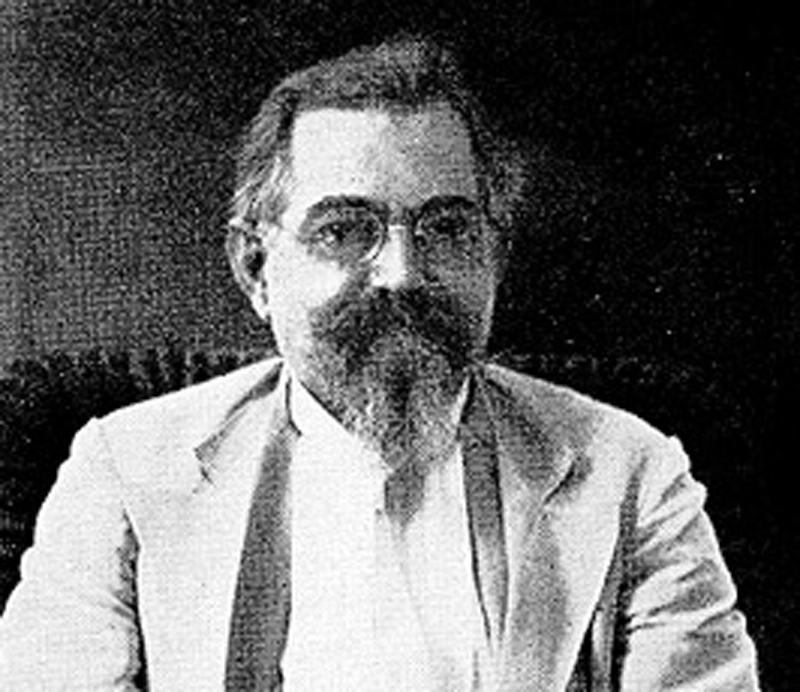Enrique Collazo Tejada was prepared and trained from a young age to do the opposite of what he did in his life. He was born in Santiago de Cuba, in 1848. He was a young boy of 14 years old when in the summer of 1862 he entered the artillery school in Segovia. He graduated in 1866 with the rank of ensign.
In September 1868 he was promoted to Lieutenant. The most logical thing was that this young officer was in the artillery section that in the battle of Salado massacred the masses of mambises who tried to stop Valmaseda’s column. That he entered the devastated Bayamo with his cannon in January 1869. He could have a good place in the glories, decorations and salaries of the colonialist army.
Unfortunately, not a few Cubans followed that path. But against all logic, Lieutenant Collazo did not return to his unit on any given day. Inquiries by Spanish military intelligence revealed that he had been seen in Paris. The young man is having fun, some officers thought with some malice, but the matter was creating concern when reports came that he was seen frequenting docks and ships in the New York at the beginning of 1869.
The doubt turned into the rage of Colonels and Generals when it was certain that he was part of the Perrit expedition landed on the coasts of Holguin. In this way, the young Mambí came into contact with a land that would be very close to him during the independence process. Wounded in a combat fought shortly after the landing, his blood fertilized the Holguin land. For his courage he was appointed head of the company of Bijarú.
The rabid bewilderment of his former comrades-in-arms turned into a very precise action to hunt down in the mountains and mountains that Mambi officer who led parties, set fire to sugar mills, freed slaves, ambushed murderous counter-guerrillas and charged in the extreme vanguard macheting the brave infantry of the King to the gallant horsemen of the Queen’s squadron. Behind the green hills that surround the city of Holguin is La Cuaba.
The Spaniards built a fort in that place. There, trying to take the fort with cannon fire, they wounded him. It was in Holguin Báguano where he treated his wounds. Convalescing, he continued in the struggle of the war. He took part in the campaign carried out by Máximo Gómez in Holguin between August 1869 and February 1870. Later he would dedicate a chapter of his book “Cuba Heroica” to that feat of the insurgents of facing in Holguin an offensive disproportionate in number and means in favor of the Hispanics.
Referring to the conflict in Holguin in the winter of 1869, in one paragraph he captured the intensity of the struggle like few others:
Water was bad and scarce, we didn’t have time to look for food, cartridges were made from the capsules that soldiers dropped on the road. We were able to sustain ourselves like this for about a month, but we felt better; In spite of the extreme situation, there had not been a single defection, nor a single one presented; the weak or cowardly had left, the pure remained there, those determined to die… (1)
Collazo was one of “those determined to die.” But nature played a trick on him. His body, goaded by hunger and the lack of minimal medical attention, became ill and it was decided to send him abroad to be cured.
As soon as he recovered, he returned to Cuba on the expedition of the ship Octavia. He fought bravely until circumstances rather than desire led him to join the Committee of the Center, created on February 8, 1878 to conclude peace with Spain.
At the end of the war he left for Jamaica on March 5, 1878, accompanying General Máximo Gómez. He returned to Cuba in 1887 and was one of the organizers of the War of ’95. In New York, together with José Martí and Major General Mayía Rodríguez, he signed the plan for the uprising in Cuba, as well as the order for the uprising. The latter on January 29, 1895.
Gómez ordered him to leave for New York to organize an armed expedition to the West. The obstacles and difficulties he encountered in that city prevented him from fulfilling the mission in the short term.
In March 1896 he left the Florida Keys, United States, at the head of the expedition that, on its first trip, transported the steamer Three Friends. He disembarked with 54 members of the expedition on the beach of Varadero, Matanzas, on the 19th of the same month. He fought in the West and in the East. He was the head of the artillery in the attack on the Loma de Hierro in Holguin.
In August 1896 he was appointed head of the Las Tunas Brigade. He received the rank of Brigadier General. In January 1897 he was transferred to the Western Brigade of Holguin. Once again his name would be linked to this eastern land where he wrote heroic pages in 1968.
After participating as a delegate in the Constituent Assembly of La Yaya, in November 1897, he was appointed head of the Eastern Brigade of Holguin. Here, together with Máximo Gómez, he had faced the Spanish offensive in 1869. He always remembered with pride those terrible months.
In January 1898 he was again given command of the Las Tunas Brigade. In May 1898, Calixto García appointed him to head a small commission to accompany U.S. Army Lieutenant Andrew S. Rowan to the United States, who led a message from the president of that nation to Cuba.
In July he returned to Cuba. The war was coming to an end, so he remained in the General Headquarters of the Eastern Department until his discharge from the Liberation Army. This took place on November 12, 1898. He had been trained to enslave peoples and ended up as a liberator from his brothers.
Collazo stood out for his vocation towards letters. In the forests of Cuba Libre he published, together with the patriot Federico Pérez Carbó, the newspaper Patria y Libertad. During the first U.S. military intervention, he directed the newspaper El Cubano.
He was a founding member of the Cuban Academy of History and a prolific historian of the wars of independence. Among his works are Desde Yara a el Zanjón, Cuba independiente, Cuba heroica, La guerra en Cuba and Los americanos en Cuba. He died on March 13, 1921. A Holguin tribute to this relevant patriot who fought in these lands is necessary.
Notes:
1.-Enrique Collazo, Cuba Heroica, Havana, 1912, Imprenta La Mercantil, p 276.
By: José Miguel Abreu Cardet / Translated by Radio Angulo
- Urged to Accelerate Recovery After Hurricane Melissa - 16 de December de 2025
- Numa Develops Solar Energy Use in Holguin - 16 de December de 2025
- Polar bear struggles to survive in a changing environment - 16 de December de 2025

